There are few lenses more important to photography than the 24-70mm F2.8 standard zoom, which covers everything from landscape focal lengths to one of the favored focal lengths for portrait photography. Most photographers could do at least 80% of their photography with such a lens. Sigma has followed up their excellent 14-24mm F2.8 DN wide angle zoom with a standard zoom at the 24-70mm focal length. The Sigma 24-70DN (as we’ll call it for brevity) is going to make a lot of people question whether they are willing to pay twice as much for the GM lens ($2198 USD) when the similarly built and performing Sigma is available for $1099 USD.
This is an incredibly useful focal range, going from 24mm:
…to 70mm:
In many ways the new Sigma 24-70mm F2.8 DN ART becomes a more direct competitor to the very expensive Sony FE 24-70mm F2.8 G Master lens due to having a more similar focal length, maximum aperture, optical performance, and feature set than the extremely popular Tamron 28-75mm F2.8. At the same time, however, some of the same arguments for choosing the Tamron over the GM lens remain true with the Sigma (size, weight), though the biggest one (price) is much less true. The Tamron is available for $879 while the Sigma costs $1099 (in the US Market), which is obviously a much smaller gap than comparing a $879 lens to a $2198 one. So is the Sigma the lens to buy in the category?
Very possibly, though the answer is a little more nuanced than that. Read on to find out why…
If you would like to watch the review, you can choose either the long format or quick format review videos:
I’ve reviewed the 24-70mm DN on my Sony a7RIII and Sony a9 bodies. Thanks to Sigma Canada for the loaner test lens.
Follow Me @ Patreon | My Newsletter | Instagram | Facebook | Twitter | Flickr | 500px
Sigma 24-70DN Build and Handling
While researching the 24-70DN during my review, I came across this language on Sigma’s website: “By exerting superiority in mirrorless camera-dedicated designs, the lens size and weight are successfully reduced…” I’m going to have to give them a Pinocchio or two on this, as that’s only partially true, and even the partial truth isn’t the whole truth. Take a look at this:
A careful look at the specs reveals that the DN lens is actually quite a bit longer than the Canon EF mount version (122.9mm vs 107.6mm) and is a scant 0.2mm narrower (a rounding error). The internal volume of the lens is certainly more, not less. It is considerably lighter (835g vs 1020g), so that’s the true part, though, in full disclosure, the Canon EF version included an OS (optical stabilizer) unit that Sigma is able to forego here due to so many Sony bodies having IBIS (in-body-image-stabilization). The DN lens has a slightly leaner looking profile, but that is primarily due to it being considerably longer rather than actually being narrower.
What is perhaps better marketing is the fact that the Sigma lens is shorter (13mm) and lighter (by 50g) than the Sony GM lens, though that still makes it a fairly large lens. And it is here that the Tamron may still prove more attractive to some perspective buyers, as while it isn’t much shorter (117.8mm, or about 5mm shorter), it is both narrower (15mm) and more than 50% lighter (550g). It uses a 67mm filter size (which is shared across all of Tamron’s other FE lenses) compared to the 82mm of the Sigma. If you often use a smaller bag and want to travel light, the Tamron is noticeably smaller, and that is most obvious when the lens hoods are reversed for storage. The Tamron’s lens hood is a full 2cm (20mm) less wide from edge to edge.
So, if your vision of mirrorless is small and light, the Tamron may still be the more attractive lens despite the Sigma being more pro-grade in its build and features.
And it is more pro-grade. The 24-70DN has a familiar ART series look, though with a little more upscale feel. There’s a coating similar to fluorine on the front element to make it resistant to oils and water (easier to clean). There’s a mix of metals (including brass in the lens mount) and engineered plastics that results in a sturdy, robust build. You’ll find a gasket at the lens mount and a diagram from Sigma reveals that there are a total of 8 seal points throughout the lens, including at the rings and switches.
The Sigma is also more like the GM lens and less like the Tamron when it comes to the feature set. While the Tamron has no switches or controls other than the zoom and focus rings, the Sigma sports a robust feature set. There is an AF/MF switch (always welcome), a focus hold button that can be programmed to a variety of functions in the camera body, and a locking mechanism to prevent the lens from inadvertently zooming.
There is no tendency towards zoom creep, but the lock does help when hiking with the lens to prevent rubbing on the focus ring while moving which might cause it to zoom out.
The focus ring has thick ribs in a rubberized finish, and is (like all lenses actually designed for mirrorless) a “focus-by-wire” focus ring where input on the focus ring is routed through the focus motor. This method has a little less tactile response but Sigma has done a pretty fair job of giving a smooth, evenly damped focus experience. When input is detected the active focus area will automatically magnify in the viewfinder or LCD screen and an on-screen distance scale will appear. It is worth noting that the focus ring is in the opposite position from the Tamron. It is closest to the front of the lens while the zoom ring is closest to the lens mount. What’s odd is that they turn in opposite directions, too, with the Tamron turning the same direction as the Sony zooms I’ve tested and the Sigma turning in the opposite direction.
I found this a little ergonomically disconcerting and noticed it more than I did on the 14-24mm, probably because that lens was internally zooming and required less force to zoom it. People’s opinions vary, obviously, but I actually prefer the zoom position of the Tamron because I found the Sigma’s zoom ring a little close to the camera mount and often inadvertently reached for the focus ring (nearer the front) instead.
One other factor here is that the additional girth of the Sigma 24-70DN means that one doesn’t have much room for their knuckles between the grip and the lens barrel. This is more a Sony problem than a Sigma problem, as the Sony bodies I used for the review (a9 and a7RIII) don’t have enough room between the lens mount and the camera grip for North American sized hands.
Like the Tamron, Sigma utilizes two different minimum focus distances, with the lens able to focus closer (0.18m) at 24mm where it achieves its higher magnification figure (1:2.9 or 0.34x – the same as the Tamron).
Unfortunately this is a little less than useful, as the lens itself is 0.13m long (and MFD measures from the sensor which adds another 0.015m), resulting in not even enough room left to fit your lens hood between you and the subject. Here’s what MFD looks like at 24mm and the resulting degree of magnification:
This is obviously not particularly practical for many situations, though better to have it than not have it. At 70mm the MFD grows to 0.38m and the magnification figure drops to 1:4.5 or 0.22x magnification.
That’s useful, but not as good as the Tamron (0.25x at 75mm) or the Sony GM (0.24x at 70mm). I noted that out in the field I had a very hard time getting a sharp close focus result, and I think I eventually diagnosed the problem. At 70mm there is a massive amount of field curvature up close that creates an effect almost like motion blur in the corners. This image looks like it was shot with a Lensbaby.
This makes composition more of a challenge, so you might want to remember to keep your subject near the center of the frame, though that is obviously less than ideal for composition sometimes. What’s ironic is that the Sigma is actually sharper at 70mm than the Tamron is at 75mm (as we’ll see in a moment), and that’s true in a controlled test (in the center of the frame at least) at MFD. Because of the quirk, however, I actually have a much easier time getting real world sharper images with the Tamron because of the flatter plane of focus.
The Sigma comes with a nice padded case and also a more upscale lens hood than the Tamron. It has a ribbed portion to add both texture for removing it and also a bit of visual distinction and has a rubberized transition surface near where the hood mounts on the lens. This also makes for a nicer tactile experience when removing the hood. There is a locking mechanism that will assure the lens hood doesn’t get accidentally knocked.
Minor complaints aside, however, the lens handles really well. It is a beautifully made, pro-grade lens that feels very quality in the hands. There is very little “extra” about the GM lens compared to the 24-70DN.
Sigma 24-70DN Autofocus Peformance
Sigma’s “made-for-mirrorless” lenses have all shown very positive autofocus performance. The focus motors are quick, quiet, and smooth. That remains the case here, and, like the build, I have much more good than bad to mention.
First of all, autofocus was fast in all tested situations. There’s little drama in focus. The lens simply gets to where it needs to go silently and without fuss. When I did my focus pull test and tried to pick up sound with the on-board microphone, there was just nothing to hear. Focus pulls were smooth, with little visible stepping, and there was little to no settling or pulsing. Video focus was also very stable when I used the 24-70DN to record several of my video episodes, without any unnecessary pulsing or jitters.
Focus speed is excellent, and compares very favorably to 24-70mm lenses I’ve used on DSLRs. When comparing the Sigma with the very speedy Tamron 28-75, I could not really tell a practical difference.
I was also very impressed with the focus in low light situations. I was able to quickly lock focus in a nearly dark room without any obvious slowdown. This shot was taken on a Sony a9 at ISO 25,600 and 1/8th of a second (a -5.33 exposure value).
Not a very artful shot, obviously, but it’s impressive that focus worked so well. Also worth noting is that, thanks to Sony’s excellent IBIS, the shot is very steady at 70mm and 1/8th second. Ironically the stabilization is better in this iteration than the OS (optical stabilizer) on Sigma’s 24-70mm F2.8 OS ART.
I have only one complaint about focus, and that was in close focus situations. The 24-70DN seemed reluctant to focus on close objects at times. I could sometimes resolve this by putting a focus point exactly on where I wanted focus, but there were times (like this one), where I still couldn’t get good focus lock.
This contributed to the problem mentioned above where I found it hard to get good results at close focus distances.
The opposite was true when using Eye AF for either humans or pets. I got flawless focus results in these situations, with not one miss during my review period. Here’s an example of human Eye AF:
…and of pet Eye AF:
It’s worth noting another reality here. The shot I just shared is literally the very first photo that I took with the lens. Thanks to the mirrorless focus systems and excellent AF in a lens like this, there is no need for calibration or “learning” the lens. Just put it on the camera and reap good focus results. If nothing else, this makes my job as a reviewer (and a photographer!) so much easier!
I got excellent focus results in other portrait situations as well:
So the overall conclusion is that focus is excellent here. I’m hoping that the close focus situation can be improved via firmware just like Tamron did with the 28-75, but in most situations I had fantastic focus results.
Sigma 24-70DN Image Quality Breakdown
The reviews were a little mixed when it came to the Sigma 24-70mm F2.8 OS ART and its optical performance. I directly compared it with the excellent Canon EF 24-70mm F2.8L II along with the Tamron SP 24-70mm F2.8 G2 lens, and it came out on the bottom of that comparison. I read and watched other such comparisons that drew largely the same conclusion. But Sigma has tightened things up here and delivered a lens with improved optical consistency.
Even at F2.8, it is easy to get really excellent results like this:
I like to start by looking at distortion and vignette. There is definitely some very pronounced barrel distortion at 24mm along with noticeable vignette. Both of these are more pronounced than the Tamron at 28mm (first chart), but as you can see from the second chart, there is a noticeable difference in framing width between 24mm and 28mm.
While at the time of my review period there wasn’t yet a standard correction profile in Lightroom, both JPEG and video receive in camera corrections (as you can see from the third image in the series above). This profile does a fairly good job of correcting for distortion and vignette, though I don’t think this lens would be a great pick for architecture or interiors because there is too much correction needed.
I said it in my review of the Tamron, and I’ll say it here: I would definitely take the extra 4mm on the wide end over the extra 5mm on the telephoto end when comparing these two zoom ranges. I understand why Tamron did what they did (it’s the reason why we got a smaller and lighter lens while retaining strong optical performance), but Sigma has addressed the challenges of the focal range more directly even though that required them to build a larger and heavier lens. The good news for us all is that we get to choose which approach better suits our needs.
The distortion turns to mild pincushion distortion of varying degrees over the rest of the zoom range. The vignette improves as the lens is stopped down, though some remains even at smaller apertures. Logic would dictate that the much larger front element of the Sigma would give it an advantage over the smaller Tamron in terms of vignette, but that wasn’t actually the case in my comparisons.
Both lenses are very sharp at 24/28mm and F2.8. I saw little to distinguish the two, with some give and take depending on where I looked in the frame. Both lenses showed good evidence of centering, with all four corners delivering roughly equal results. I did these formal tests on a 42Mpx Sony a7RIII. I did feel that the Sigma delivered slightly better contrast results at the wide end of the focal range, but, as you can see from this crop from my test chart, there was little distinction to be made:
Real world 24mm F2.8 results were excellent:
Little changes in the center and mid-frame at F4, but the corners definitely improve through both improved contrast and a vignette lift.
There’s a similar improvement at F5.6. Landscape images at 24mm and smaller apertures are detailed and rich.
At 35mm, the most notable difference between the two lenses is that the Tamron delivers a clearly brighter image with equal settings. The 82mm front element vs the 67mm of the Tamron would seem to favor the Sigma, but I did note a trend through the zoom range that the Tamron delivered a brighter image with equal settings. This could be a side effect of more elements (19 Elements in 15 Groups) of the Sigma vs the Tamron’s 15 Elements in 12 Groups, or it could be something else that I’m missing.
I experimented and found that it wasn’t quite 1/3 stop difference. Enough to be noticeable side by side, but probably not a “big deal”. I saw little difference between the two lenses in terms of sharpness or contrast though I looked long and hard. Both were excellent. Little is gained in the center of the frame when stopping the lens down, though the corners will definitely improve a bit.
Let’s step back from the vacuum of the test chart, though, and look at the real world. Real world sharpness and contrast are excellent even at F2.8 at 35mm on the 24-70DN.
At 50mm, the Tamron enjoys its biggest advantage, and it is an incredibly slight one. Textures look slightly better defined on the Tamron, though I suspect the slightly better light transmission is probably the single biggest distinguishing factor. By F4 the 24-70DN’s image has brightened up beautiful and the contrast pops in both the center and corners. Another very strong performance.
As you might have guessed already, real world results at 50mm look excellent:
It is at 70mm (vs 75mm) where Sigma gets its revenge. It is easily stronger than the Tamron, and this is in fact the most noticeable difference between the two lenses optically, and arguably at one of the most important points in the focal range. There are only minor gains in the center stopping the lens down, but the corners get to fantastic levels by F5.6.
As you might imagine by this point, real world results look great whatever aperture you choose.
70mm accounted for about 36% of my shots with the lens, 24mm for about 24%, leaving everything else accounting for less than 40% of the total…and I suspect my results are pretty similar to where many people will use the lens. It’s worth noting that Sigma has delivered a very consistent performance in terms of sharpness and contrast across the zoom range, which is fantastic. It’s not hard to get beautiful results with this lens.
There are a few remaining areas of strength and weakness. The greatest area of weakness is in flare resistance. I found the lens to be particularly susceptible to veiling and ghosting, with some vulnerability on the wide end and steadily worse performance towards the telephoto end. When I did my video test of panning the lens across the sun the results were pretty brutal, and you can see some of that even in the stills here. Hiding the sun a bit helps (see the last two in the series), though you will have to be wise with your composition with the 24-70DN and recognize this is a vulnerability.
The Sigma has a very high blade count (11 blades), which gives it a slightly busy 22 pointed sunburst/sunstar effect, though the trade off is that it retains a more circular aperture shape when stopped down.
There is a bit of LoCa (Longitudinal Chromatic Aberrations) that remain uncorrected (green and purple fringing), though it is mild and not a real issue.
I often prefer a slight bit of LoCA remaining to allow for softer bokeh. This is an area where the 24-70DN will be far less controversial than the Tamron, which has more unique bokeh (particularly on the telephoto end) that will either delight or dismay according to taste. The Sigma has fairly conventional bokeh which is softer and worked nicely in the various situations I shot in. No 24-70mm lens is going to be replacement for a high end prime in this metric, but I think Sigma has done a pretty good job of mixing sharpness where it should be with softness where it should be.
The 24-70DN does a fairly good job for a standard zoom when shooting the night sky. There’s a bit of coma along the edges of the frame (see the crop below), but it’s fairly well controlled and the results look quite good.
Standard zooms are often asked to do a little bit of everything, and I think this is within the capabilities of the lens.
So, all in all, Sigma has done a pretty great job of the 24-70DN. It shows some of the familiar weaknesses of standard zooms (distortion, vignette), has one area of true weakness (flare resistance), but does a better job with sharpness, contrast, and bokeh than many competitors. That’s not an easy thing to do in a lens that must cover everything from wide angle to short telephoto. If you would like to see more photos from the lens, please visit the image gallery here.
Conclusion:
As noted in the introduction, few lenses are as indispensable as a competent 24-70mm F2.8 lens, and the Sigma 24-70mm F2.8 DN ART rates as one of the most competent of its kind. It is extremely sharp across the zoom range, has good bokeh, and backs up the optical performance with quick, accurate autofocus. There are few photography subjects that one cannot cover with a lens like this.
The greatest optical vulnerability is the less than stellar flare resistance, so be careful to mitigate this shortcoming through careful composition if your subject is backlit.
The 24-70DN is undoubtedly going to be a disrupter. To this point, the market has been bifurcated between the cheaper Tamron 28-75mm F2.8 RXD ($879 USD) and the much more expensive Sony FE 24-70mm F2.8 GM. ($2198 USD) The Sigma is more like the latter in character but priced ($1099 USD) closer to the former. It will give potential buyers of the Tamron pause, as they could get a better built and slightly more competent lens for a price that is not unreasonably higher. The Tamron still maintains the distinction of being smaller and considerably lighter (and not giving up much of anything optically), so I suspect it will still have its market. The Sony GM lens is more likely to feel the brunt, however, as the Sigma has almost all of its build quality, features, and performance at literally half the price. There will still be some who mistrust third party lenses and want “the best”, but I suspect that there will be a fairly strong market for the Sigma among those who do the math and decide that the Sigma strikes the best balance of price-to-performance ratio for them. At the end of the day, however, it is the Sony consumers that are the winners here. We get to choose between three outstanding options covering the standard zoom range…and there really isn’t a bad choice to be made. #blessed
Pros:
- Pro-grade build competes with Sony GM
- Weather sealing throughout lens
- Fast, quiet, and accurate autofocus
- Eye AF works well
- Good image sharpness across the focal range and image frame
- Good color and contrast
- Fairly good coma performance
- Good bokeh for a standard zoom
- Excellent price-to-performance ratio
Cons:
- Pronounced barrel distortion at 24mm
- Poor flare resistance
- Fairly large and heavy
- Focus quality isn’t as good at very close focus distances
Purchase the Sigma 24-70mm F2.8 DN ART: B&H Photo | Amazon | Amazon Canada | Amazon UK | Amazon Germany | Ebay
Sony a9 Camera: B&H Photo | Amazon | Amazon Canada | Amazon UK | Amazon Germany | Ebay
Sony a7RIV Camera: B&H Photo | Amazon | Amazon Canada | Amazon UK | Amazon Germany | Ebay
Sony a7R III Camera: B&H Photo | Amazon | Amazon.ca | Amazon UK | Ebay
Peak Design Slide Lite: Peak Design Store | B&H Photo | Amazon | Amazon Canada | Amazon UK
Peak Design Leash Strap: Peak Design Store | B&H Photo | Amazon | Amazon Canada | Amazon UK
BenQ SW271 4K Photo Editing Monitor – B&H Photo | Amazon | Amazon.ca | Amazon UK
Adobe Photoshop Creative Cloud 1-Year Subscription
Exposure Software X5 (Use Code “dustinabbott” to get 10% anything and everything)
Visit Dustin’s Amazon Storefront and see his favorite gear

Purchasing your gear through B&H and these links helps fund this website and keeps the articles coming. You can also make a donation here if you would like. Visit my Amazon page for some of my gear of choice! Thank you for your support.
Great News! I can now offer a 5% discount on all purchases at Amplis Foto, Canada’s Leading Photographic Supplier. Please enter discount code: AMPLIS52018DA in your cart. It is good for everything in your cart, and is stackable with other coupons, too! It will take 5% off your entire order! Proceeds go towards keeping this site going and providing you with new reviews!
Check me out on: My Patreon | Sign Up for My Newsletter | Instagram | Facebook | Twitter | Flickr | 500px | Google+ |
Use Code “DUSTINHDR” to get $10 off ($15 CDN) any Skylum product: Luminar, Aurora, or AirMagic
Keywords: Sigma, 24-70mm, Sigma 24-70 DN Review, Sigma 24-70mm DN, 24-70mm DG DN, Sigma 24-70mm F2.8 Review, Sony, 24-70mm, F2.8, 2.8, FE, DG, DN, Sony FE, Tamron 28-75mm, Tamron 28-75mm F2.8, Dustin Abbott, Review, Autofocus, Sony a9, Sony a7RIII, Sony A7RIV, Sony a7R IV, Hands On, Video Test, Portrait, Eye AF, Video, Coma, Standard Zoom, Real World, Comparison, VS




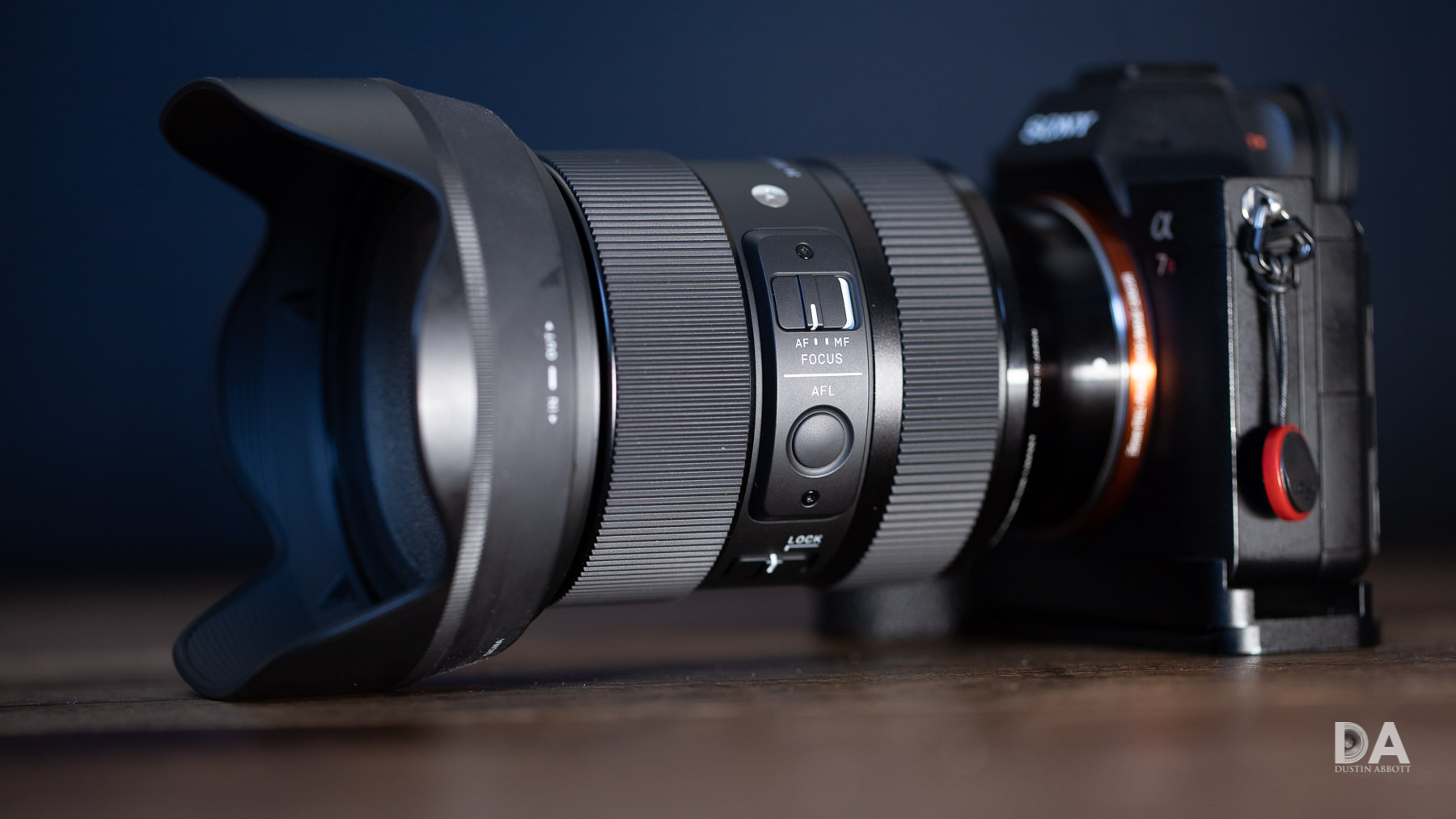

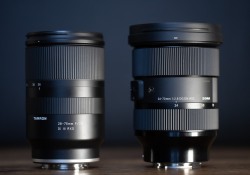

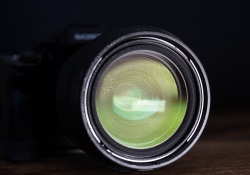
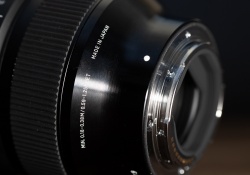
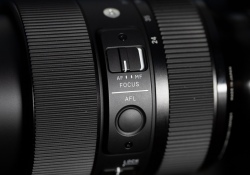
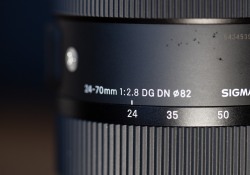
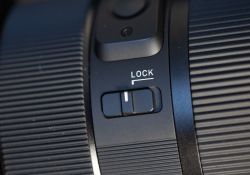
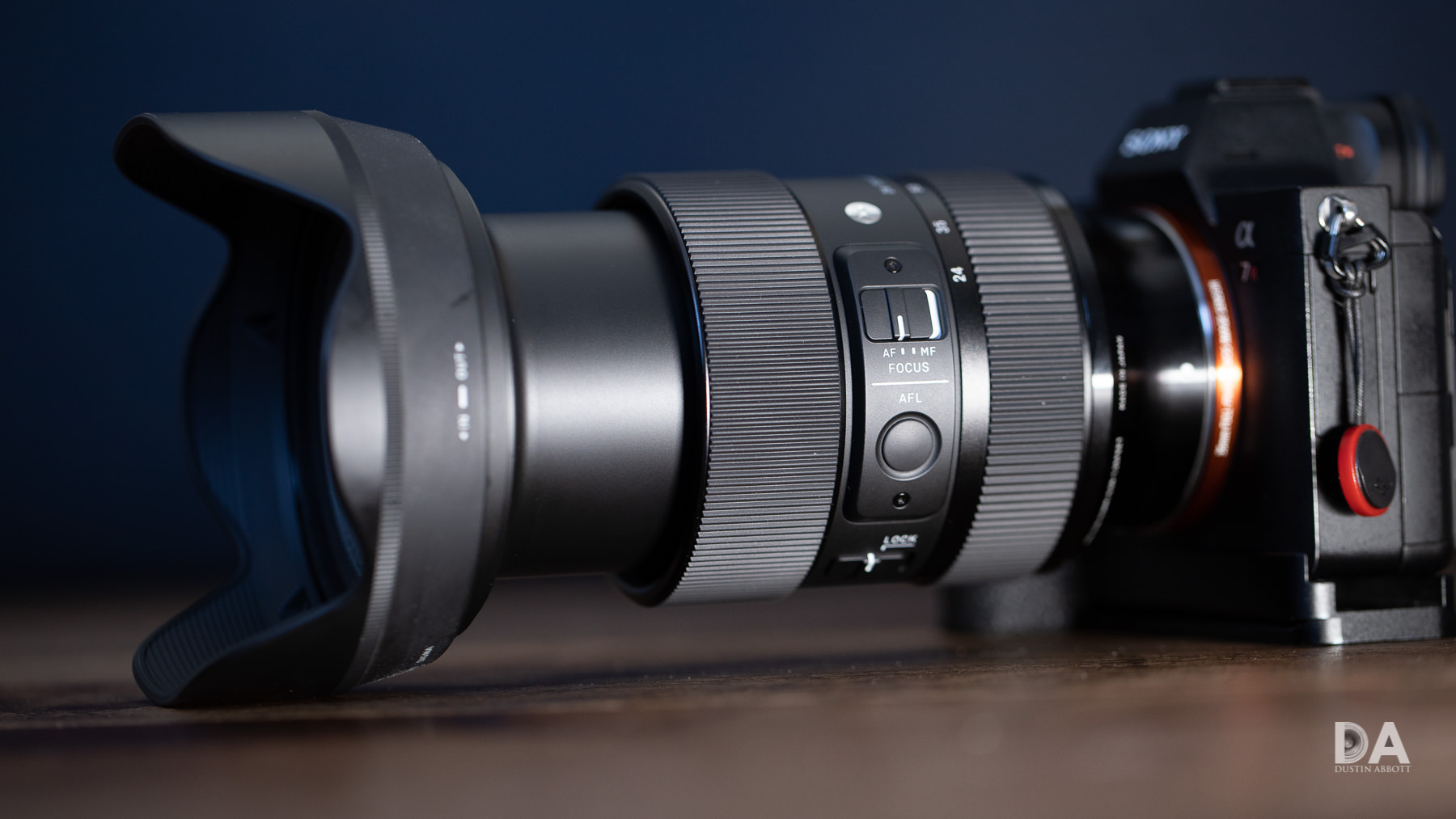
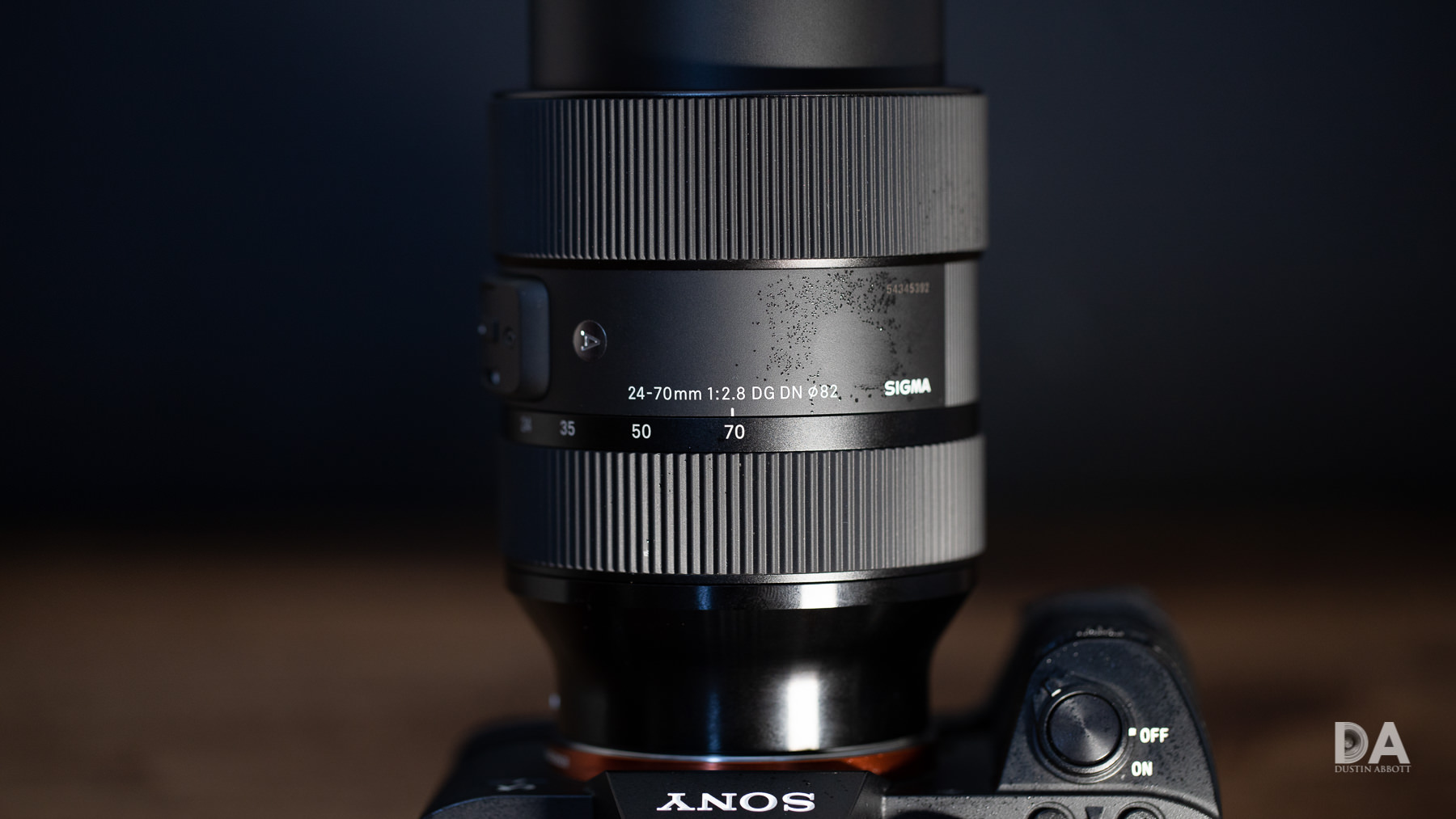
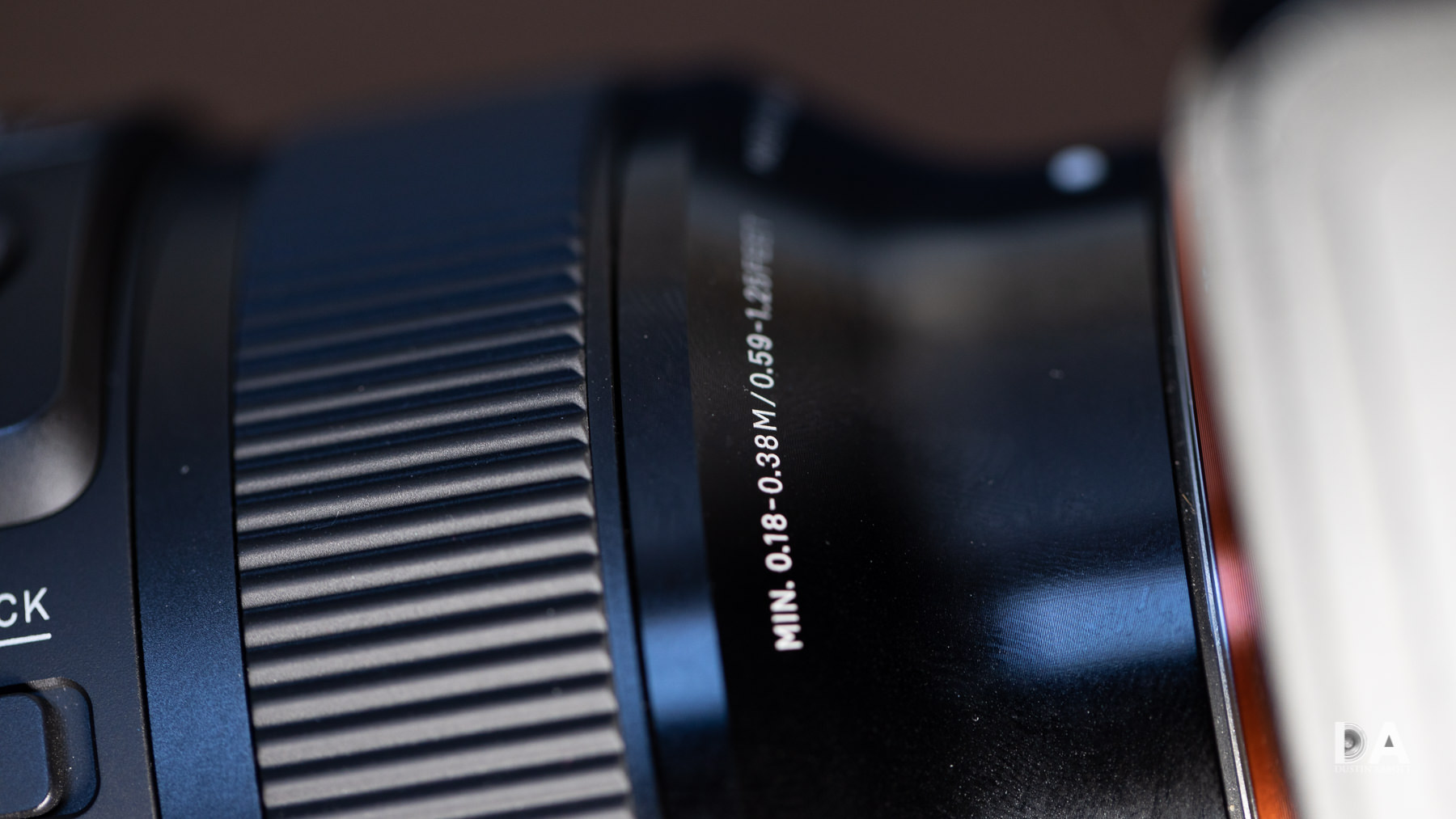
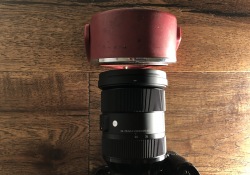
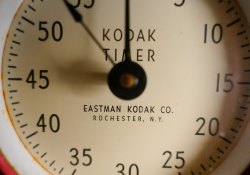


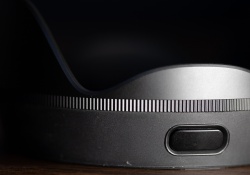
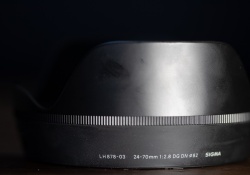
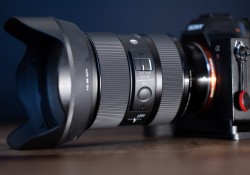
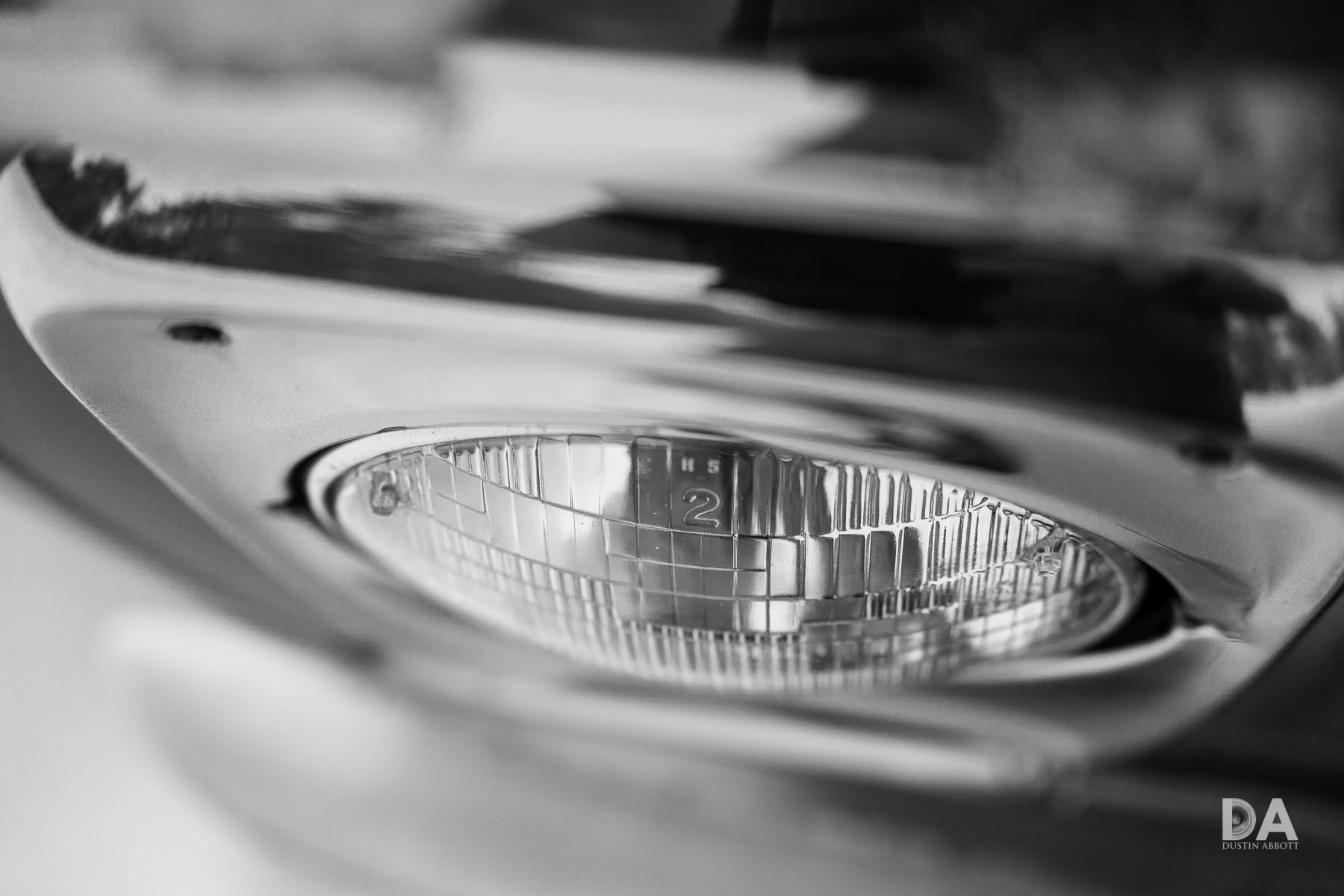













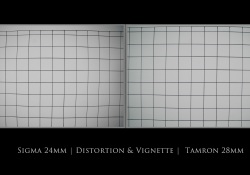
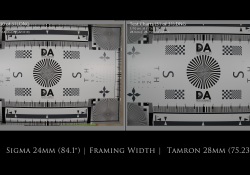
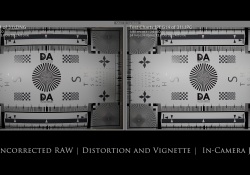
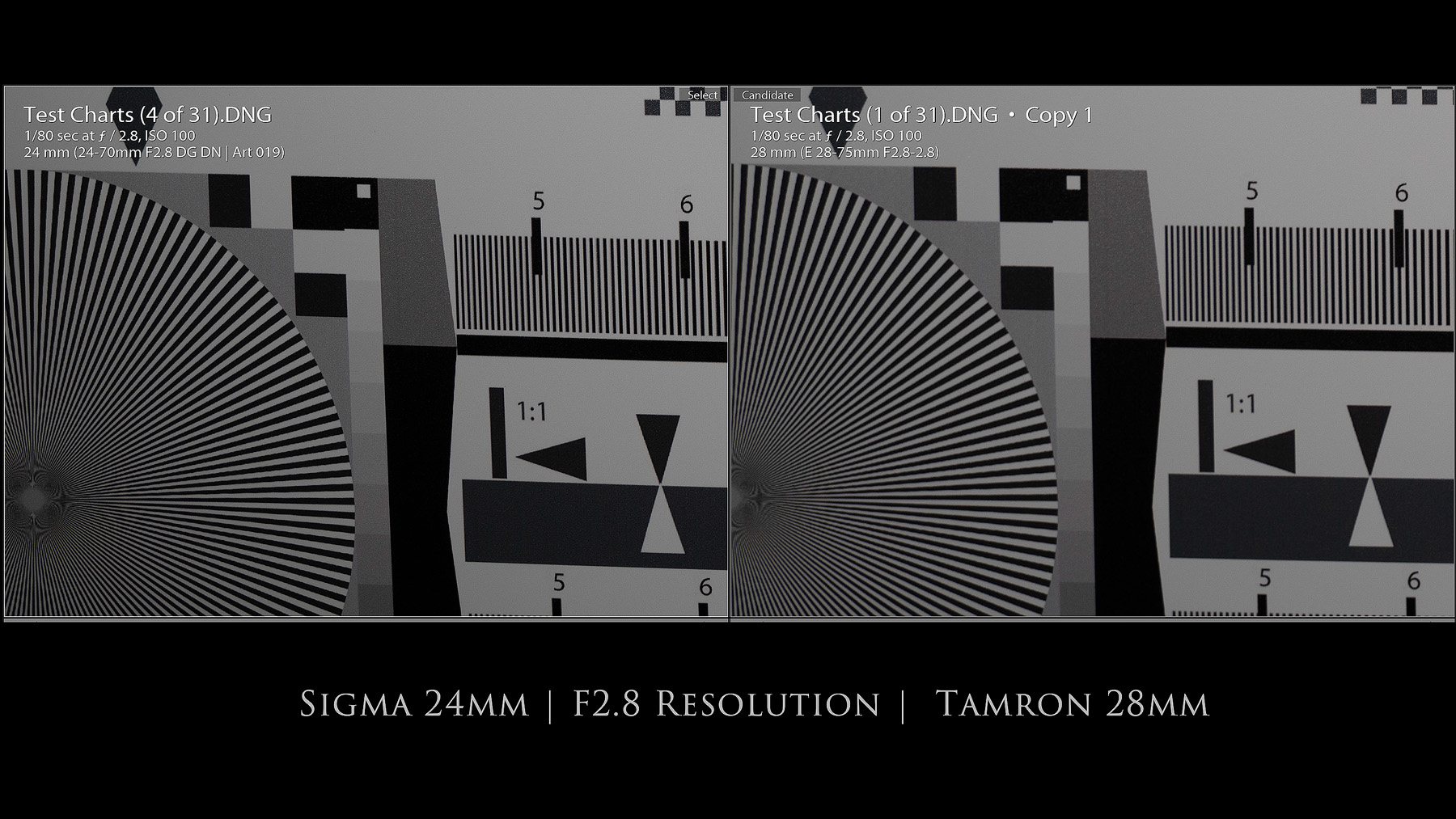


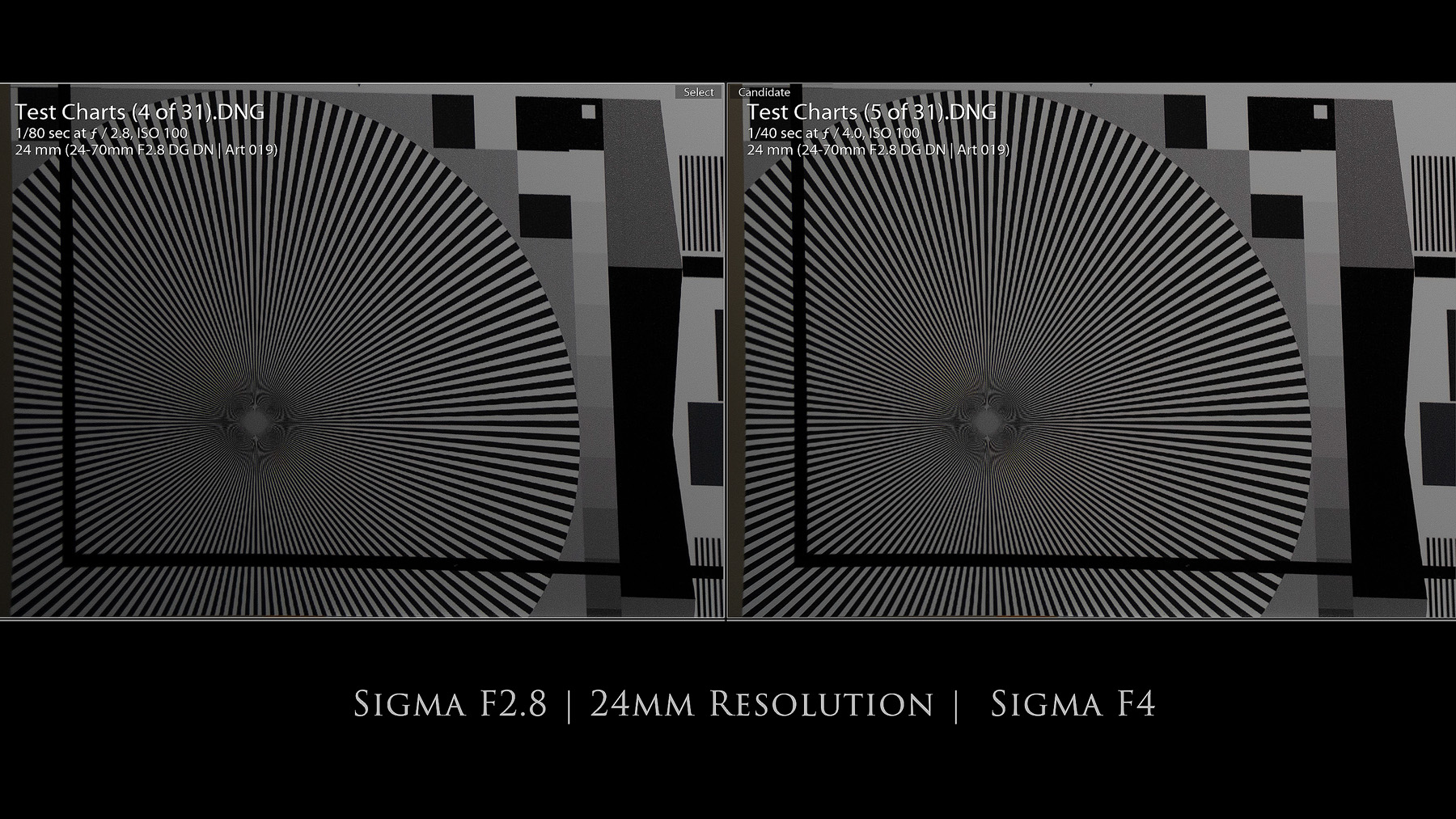



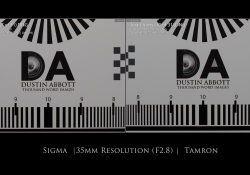
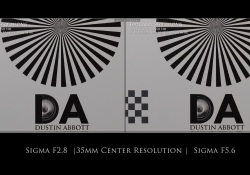
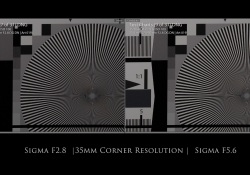


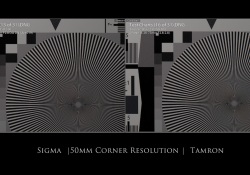
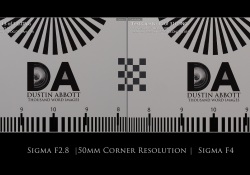
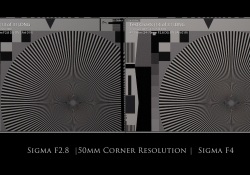
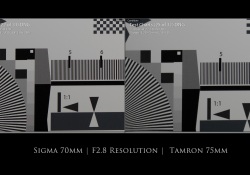

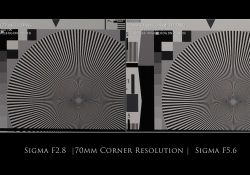


























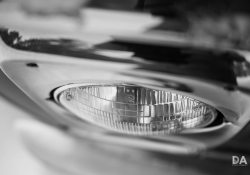













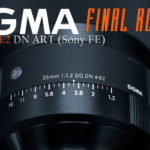

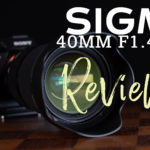


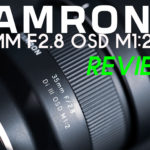
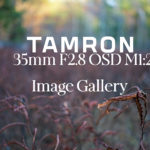
[…] and price ($1099 USD) to the much more expensive Sony G Master version ($2198 USD). I had given the 24-70mm a positive review, and wondered if there was room for two similar lenses in Sigma’s lineup for Sony. Over […]